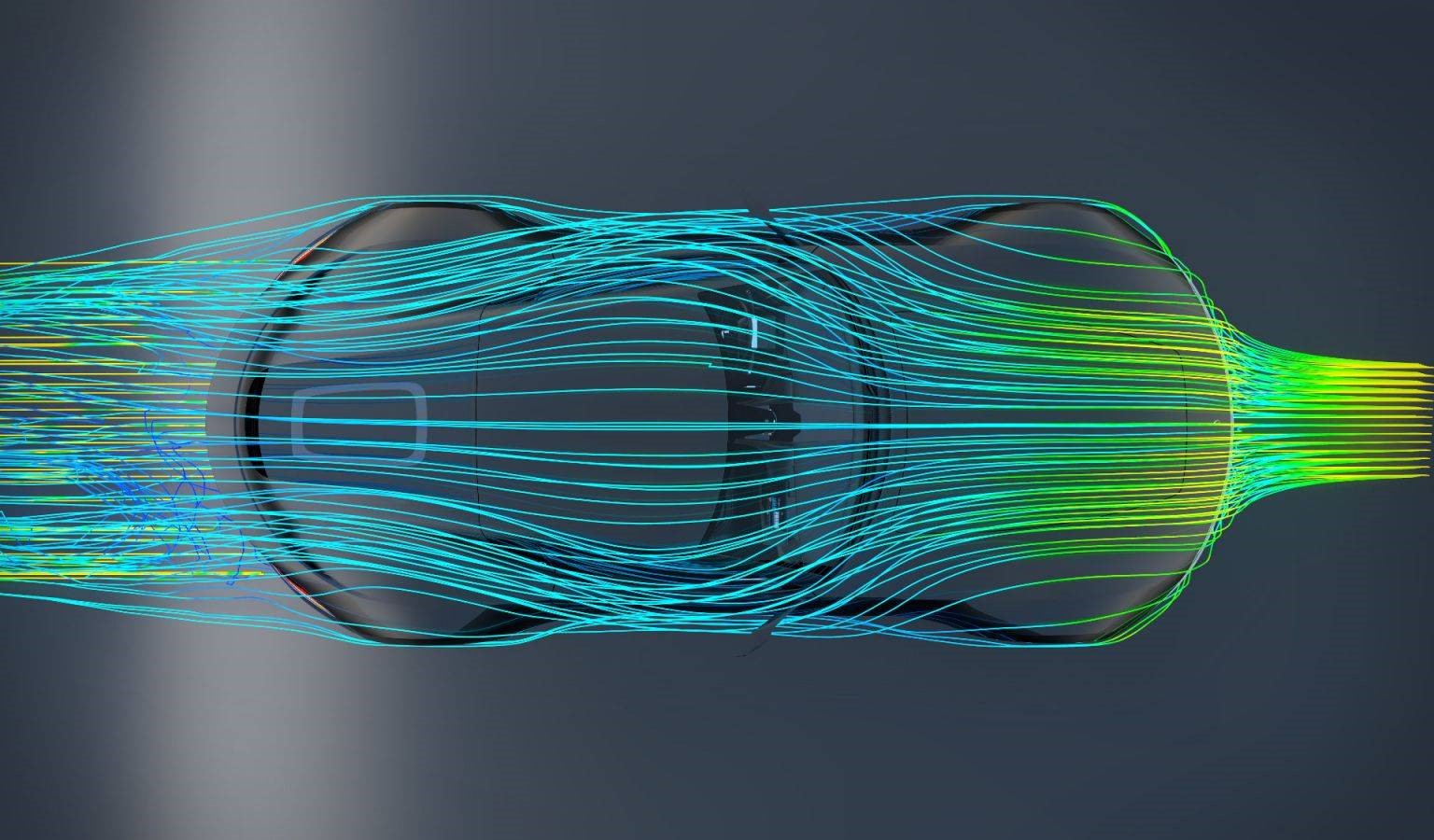
Computational fluid dynamics (CFD) is the study of solving mathematical models of fluid motion, heat transfer, mass transfer, chemical processes, and related phenomena using computers.
Since the majority of fluid mechanics before the advent of aviation in the 20th century was devoted to studying liquids in motion rather than gases in action, fluid dynamics was commonly used as a synonym for hydrodynamics. The aerospace, turbomachinery, automotive, and maritime industries have all used CFD technologies. Other areas of study where CFD has been put to use include meteorology, oceanography, astronomy, oil recovery, and architecture. CFD is becoming increasingly important in engineering as a design tool and in some areas of physics as an essential research tool. Due to advancements in computer technology and numerical solution methods, even geometrically complex situations, such as those commonly seen in turbomachinery, could be managed. You can find CFD Online Course and enrol to learn the fundamentals.
Use of this technique early in the design process can help designers save time and produce products that more closely match what customers want. With CFD, you can calculate fluid dynamic forces, such as lift and drag, pressure drops, heat transfer rates, and design mass-flow rates.
Finite elements are a type of discretisation utilised in structural and thermal analysis. Subdividing the mathematical model into non-overlapping components of simple geometry, known as finite elements, is crucial in the physical interpretation of the FEM. To solve the system-wide problem creatively, we must tackle smaller problems.
The assembled discrete model is therefore taken to be a close approximation of the mathematical model’s answer. Although this approximation isn’t perfect, it’s good enough for most systems and physics.
Advantages of Computational Fluid Dynamics Course
There are a variety of advantages to using computational fluid dynamics.
- While it is essential to keep development costs down. It can be pricey to undertake physical experiments and testing to get the critical engineering data for design.
- As processing power improves, the already low price of CFD simulations is only anticipated to decrease.
- Simulations using CFD software can be executed rapidly.
- Early incorporation of the engineering data into the design process is possible.
- During an experiment, we can only get information from a small portion of the system (where sensors and gauges are placed).
- Computer fluid dynamics allows the designer to examine the region’s performance in several thermal. And flow parameters at any given place.
- Allows the designer to experiment with what-if scenarios.
- Several processes involving heat and fluid transfer are challenging to investigate in a laboratory setting.
- In theory, CFD can be used to simulate any imaginable physical scenario.
- Using CFD allows scientists to have much control over the physical process and isolate specific phenomena of interest.
Conclusion
To put it simply, Computational Fluid Dynamics MSc solves problems involving fluid flow and heat transfer. While fluid flow and heat transfer problems are where CFD first finds widespread use, multiphase flows, chemical processes. And other areas may be added in the future. CFD programs always produce some kind of report. A CFD engineer’s responsibility is to evaluate the reliability of the findings. An in-depth understanding of fluid dynamics and heat transport physics is necessary for successful implementation.







